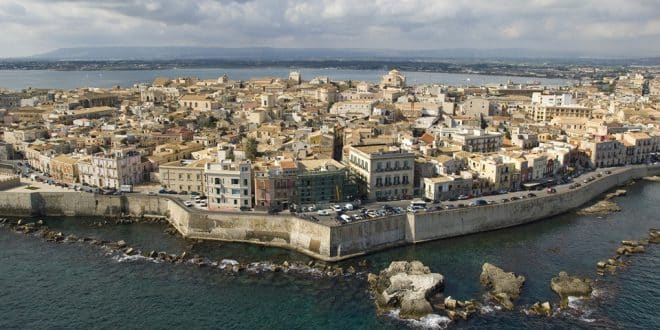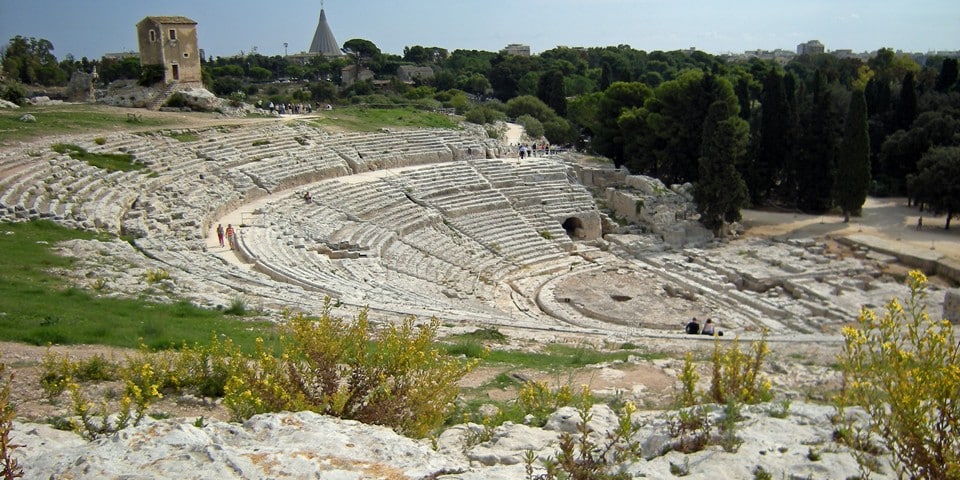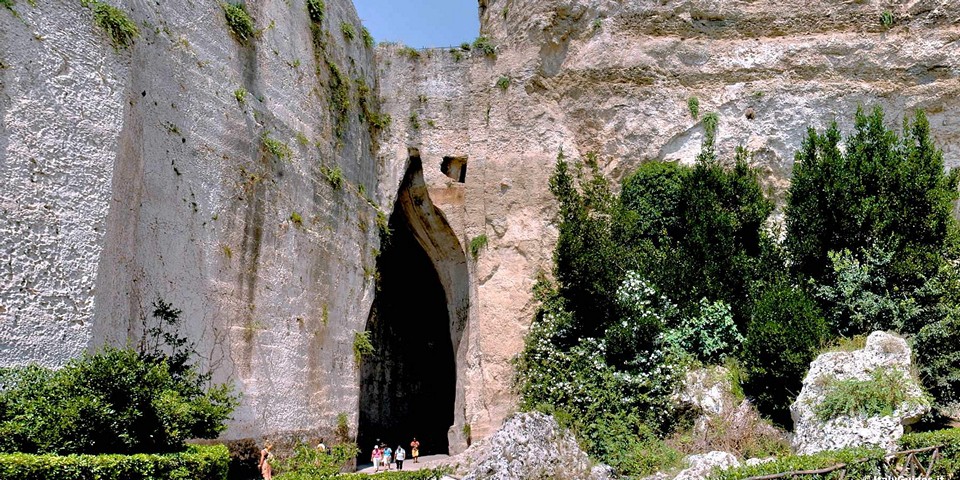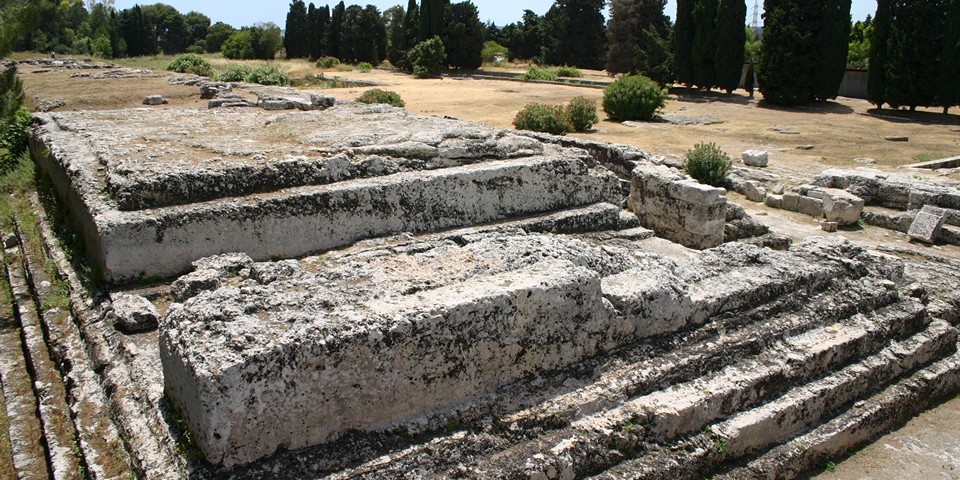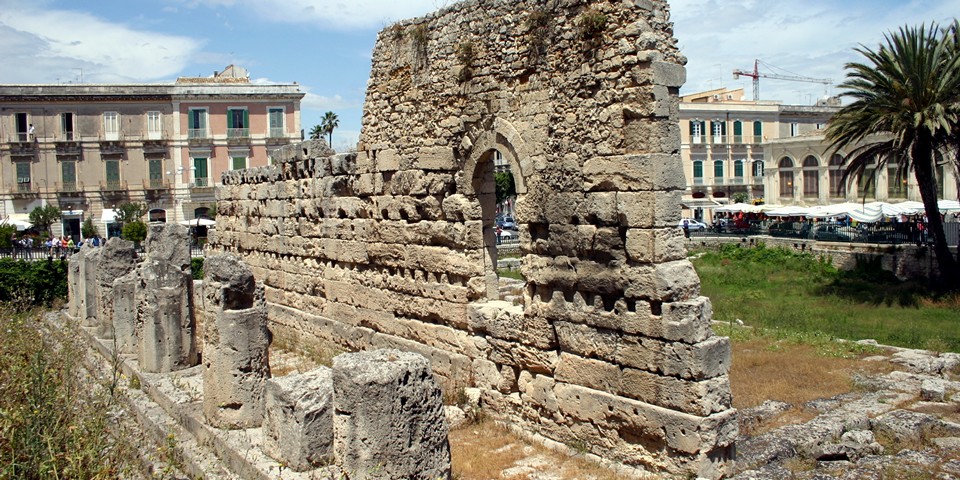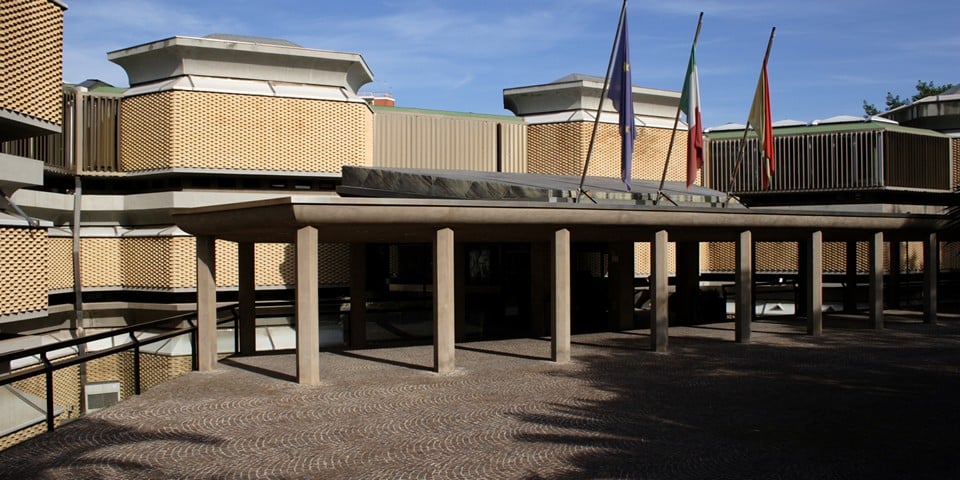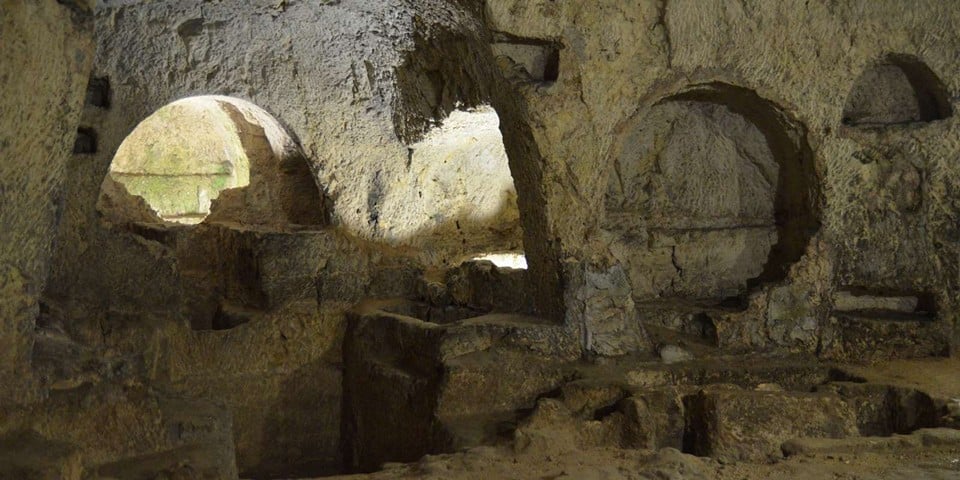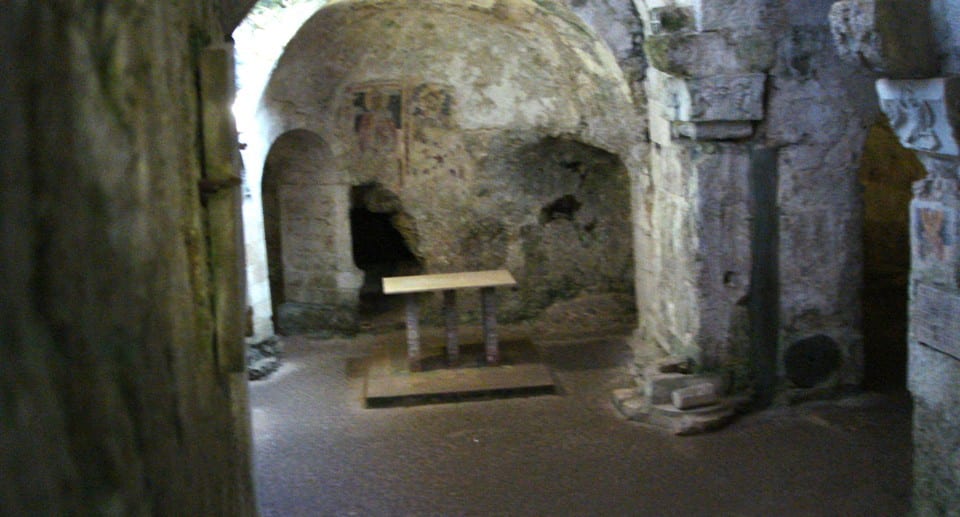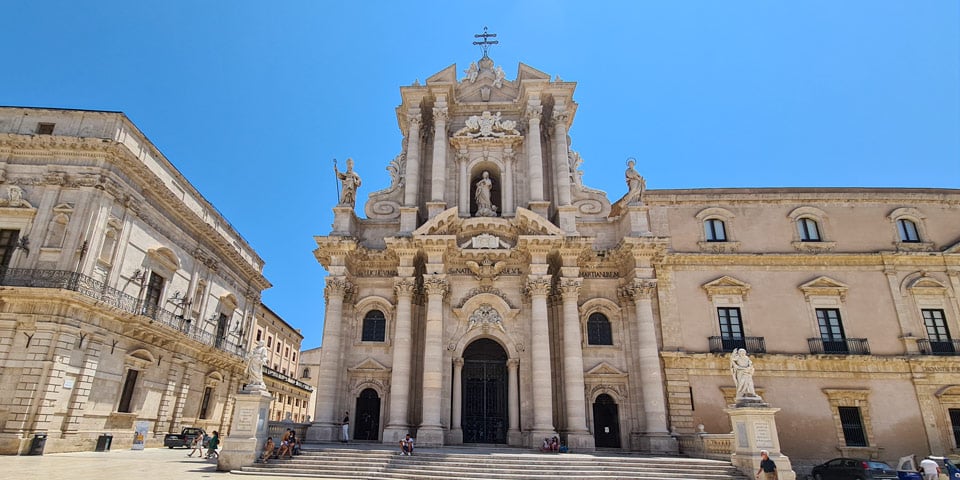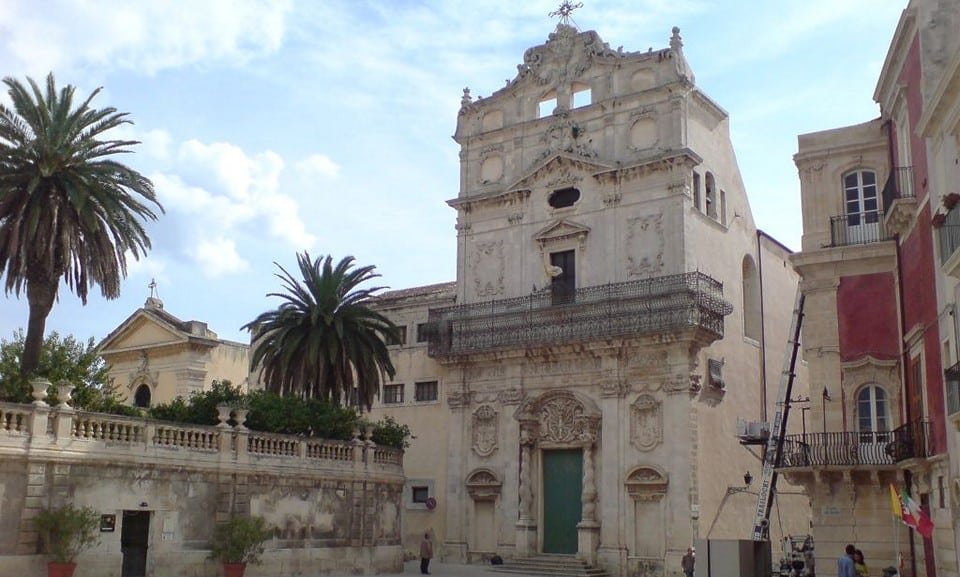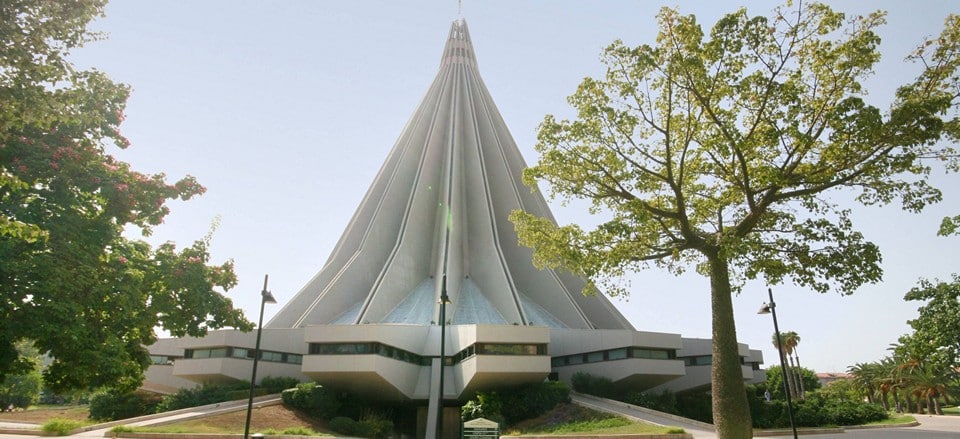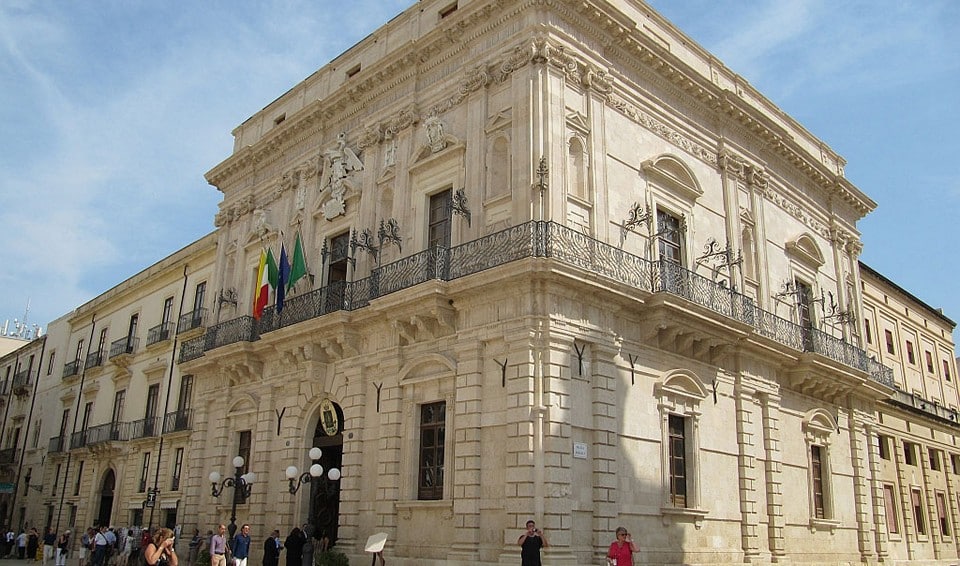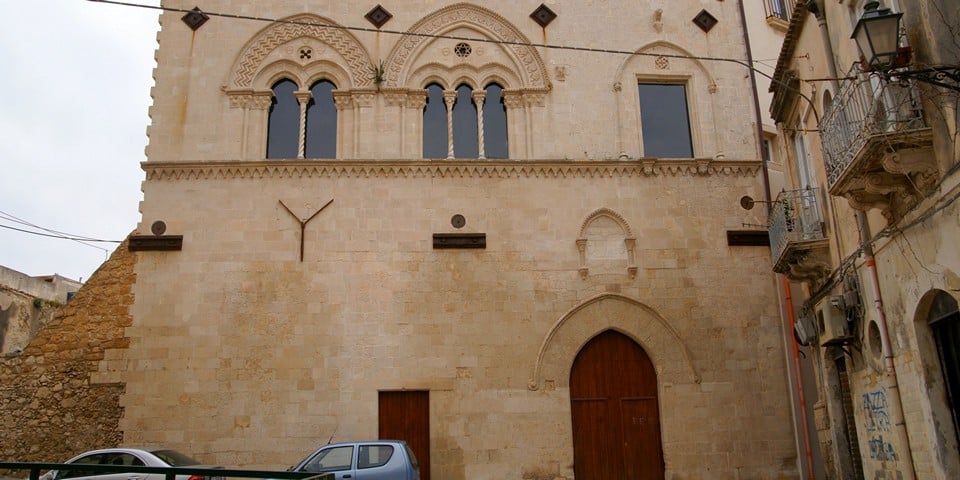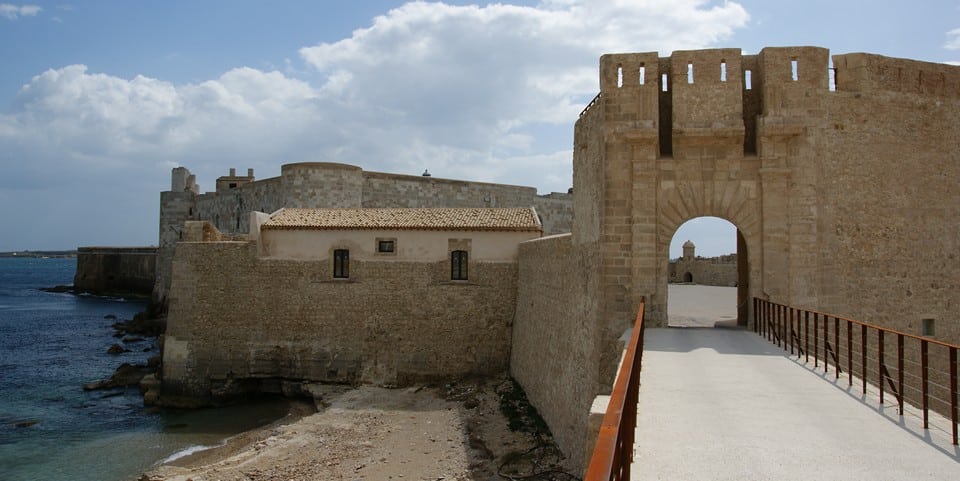Syracuse in Sicily seems to have materialized from ancient Greek myths and legends. The city experienced a series of dizzying rises and devastating falls during the pre-Christian era, and its fate remained tumultuous even in our era.
Nevertheless, the Italians have transformed Syracuse into a vibrant and colorful historical monument, preserving its attractions and creating an excellent place for cultural tourism and beach relaxation.
Let’s delve into one of the most significant cities on the island of Sicily, enjoy its views, and immerse ourselves in its past.
In Syracuse, many structures built by the ancient Greeks remain. The remains of majestic structures erected by the Hellenes are considered World Heritage monuments. Gray stones cutting through the bright green are protected by UNESCO. Connecting with the history of the Ancient World and capturing the main attractions offers a unique experience that city guests crave.
Also read:
Page Contents
Greek Theatre
Address: Via Luigi Bernabò Brea, 96100 Siracusa SR
A journey 25 centuries back in time is possible in the archaeological area of Syracuse – Neapolis. The most exquisite exhibit here is the Greek Theatre (Teatro Greco) ruins, constructed in the 5th century BC. This landmark underwent two reconstructions during the Carthaginian and Roman periods. The massive amphitheater, with a capacity of 15,000 people, was used for cultural events and political assemblies. During Spanish rule in Sicily, some stones from the ancient theater were used to build a fort on the islet of Ortygia.
Unified Italy protected this historical monument. Archaeological excavations were conducted on the site of the Greek Theatre, and the stone structure was cleared and restored.
Since the early 20th century, the National Institute of Ancient Drama in Italy has organized annual festivals of Greek art on the theater’s stage. Watching a Greek comedy or tragedy in an authentic Hellenic theater is one of the most memorable experiences you can take from Syracuse and Italy.
Roman Amphitheater
Address: Via Luigi Bernabò Brea, 14, 96100 Siracusa
Another monument of ancient Syracuse is the Roman Amphitheater (Anfiteatro romano). It was built for public entertainment in the 1st century BC. Audiences were treated to gladiator fights. This landmark was buried underground for a long time until archaeologists unearthed it in the mid-19th century. In terms of size, the amphitheater in Syracuse is third only to the Colosseum in Rome and the Arena in Verona.
Ear of Dionysius
Address: Via Ettore Romagnoli, 96100 Siracusa
Near the Greek Theatre, one can admire the grotto, the Ear of Dionysius (Orecchio di Dionisio). Nature itself demonstrated architectural wonders, carving the entrance to this cave in the shape of an ear. However, the purpose of this cave is far from romantic. In the times of tyranny, a ruler named Dionysius (4th century BC) turned the cave into a prison. He tortured and locked up his prisoners in chambers. The cave’s particular internal structure allowed the cunning tyrant to eavesdrop on the prisoners’ conversations.
Altar of Hieron
Address: 96100 Syracuse near the Archimedes Museum (Tecnoparco Museo di Archimede).
While exploring Neapolis, it’s worth looking at the Altar of Hieron (Ara di Ierone II), built in the 3rd century BC. It served the tyrant of Syracuse to offer sacrifices to the gods. Dozens, or even hundreds of bulls, were laid on the impressive-sized pedestal at once!
Temple of Apollo
Address: Largo XXV Luglio, 96100 Siracusa
The Temple of Apollo (Tempio di Apollo), located on the island of Ortygia, starkly contrasts modern buildings. Until the 19th century, the temple’s remains were hidden from travelers. An archaeological team led by Paolo Orsi revealed the ruins of the ancient temple, presumably built in the 3rd century BC. Gray steps, partially preserved columns, and a wall section give some idea of the building’s former grandeur.
An inscription on one of the surviving stones of the temple allowed scientists to identify the deity to whom the island’s inhabitants worshipped. Over time, the temple served Byzantine Christian conquerors and Muslim invaders of Sicily, with the Normans also leaving their mark.
Paolo Orsi Regional Archaeological Museum
Address: Viale Teocrito, 66, 96100 Siracusa
To gain a clear understanding of the culture of the peoples who successively dominated Sicily, the Paolo Orsi Regional Archaeological Museum (Museo Archeologico Regionale Paolo Orsi) was opened in Syracuse. The archaeologist, under whose leadership most of the ancient monuments were rediscovered, collected many exhibits from the Greek, Carthaginian, Roman, Byzantine, Arab, Norman, Spanish, and other periods. The museum has been operating since 1878 and is very popular. Ticket price: 8 euros.
Catacombs of Saint John
Address: Via S. Giovanni alle Catacombe, 1, 96100 Siracusa
The Catacombs of Saint John (Catacombe Di San Giovanni), which appeared under Syracuse in the Christian era (4th century AD), also deserve attention. Paolo Orsi dedicated the last decade of the 19th century to the meticulous investigation of this site. The underground halls were used in the early Christian era for the burial of influential city figures. The ancient crypts, intricately adorned with patterns, involuntarily captivate visitors. The sarcophagus of Syracuse’s first bishop – Marziano (Marziano di Siracusa) is particularly interesting.
Interestingly, the catacombs were named after the church built by the Normans above the entrance to the underground. Saint John the Theologian gave his name to the church and the previously unnamed underground passages. The residents of Syracuse actively used the caves from the 4th to the 6th century. However, they were well preserved and served the population again during World War II. The Catacombs of Saint John sheltered the distressed Italians from bombing.
Piazza Archimede
Address: Piazza Archimede, 96100 Siracusa
In the historical part of the city, you can stroll along the picturesque Corso Matteotti. The low-rise buildings along the street greet travelers with their bright facades. The true gem of the old city is the small Piazza Archimede (Piazza Archimede), dedicated to the city’s famous inhabitant. At the square’s center, a fountain is adorned with a sculptural group led by Artemis the Huntress. The sculptures were created by the architect Giulio Moschetti (Giulio Moschetti).
Cathedral of Syracuse
Address: Piazza Duomo, 5, 96100 Siracusa
Another fascinating attraction in Syracuse is the city’s Cathedral (Cattedrale metropolitana della Natività di Maria Santissima). On the site of the Duomo, a temple dedicated to Athena was built in the 5th century BC, commemorating Tyrant Gelon’s victory over Carthage. Like the Temple of Apollo, it underwent several transformations by the Byzantines and then the Normans.
The temple suffered significant damage during the 1693 Sicily earthquake. During restoration, it was rebuilt in the Sicilian Baroque style. Notably, several ancient columns that survived from the Greek period were seamlessly integrated into the medieval design. The preserved fragments of ancient architecture were carefully relocated to the Paolo Orsi Archaeological Museum.
Inside the cathedral, visitors find themselves under a beautifully painted dome. The 17th-century frescoes by Augustino Schilla and Luigi Vanvitelli are impressive due to their color palette and biblical themes.
The cathedral’s decor features a harmonious combination of light rusticated stone and gilded decoration. It’s highly recommended that you admire this landmark personally!
Church of Santa Lucia alla Badia
Address: Via Santa Lucia alla Badia, 2, 96100 Siracusa
The intricate spire of the Church of Santa Lucia alla Badia (Santa Lucia alla Badia) inevitably catches the attention of Syracuse’s visitors. Although smaller than the Duomo, it astonishes with its architecture. Situated on the edge of the Cathedral Square, the church is named after the city’s patron saint. There’s a whole legend about Saint Lucia.
The Legend of Saint Lucia
Once, a beautiful girl named Lucia lived in Syracuse. She was devout and decided to dedicate herself to the church. Her vow of chastity upset her parents and the man to whom she was promised. The spurned suitor chose to avenge his beloved. He demanded that Lucia, who had turned away from him, be sent to a brothel. However, the girl’s faith was so strong that no soldier or any other person could move the devout from her place.
Lucia’s fate was tragic; she was cruelly tortured but not persuaded to renounce her vow. After her death, Lucia became a saintly martyr and the patroness of her native city. Inside the church, one can see Caravaggio’s painting “The Burial of Saint Lucia.”
Fountain of Arethusa
Address: Largo Aretusa, 96100 Siracusa
For a continuation of your walk through Syracuse, via Picherali is ideal. This street leads travelers to a picturesque promenade. You can fully immerse yourself in the sound of waves and the whisper of the wind, absorbing all the beauties of the seascape. Or turn your attention to the Fountain of Arethusa (Fonte Aretusa).
According to ancient Greek legends, Arethusa is a beautiful river nymph who tried to escape from the god Alpheus. The mighty Artemis helped her by transforming her into a stream. Seeing this, Alpheus became the sea. He remained close to his beloved, intertwining the gentle waters of the stream with the powerful sea currents.
Church of the Madonna of Tears
Address: Via del Santuario, 33, 96100 Siracusa
The most modern landmark in the city is the Church of the Madonna of Tears (Madonna delle Lacrime). In 1953, a fantastic event occurred in the home of ordinary Syracuse residents – an image of the Holy Madonna wept. The tear-shedding icon was a local curiosity for a while until the news reached the Vatican. The holy fathers deliberated whether such a miracle warranted high trust. Finally, in the 1970s, the weeping Madonna was recognized as a miracle. It was decided to build a church in her honor.
The Church of the Madonna of Tears was completed in 1994. The building astonishes with its unique architecture, unlike any classic Catholic church. Viewed from above, one can see a silver star. From the ground, you can see a ribbed cone crowned with a gilded statue of the Madonna.
Surprisingly, the church is made of wood, and its height is 246 feet (75 meters).
Syracuse has no buildings of similar height, so the church’s spire is visible from any point in the city. The church’s interior is also renowned for its uniqueness and beauty. The Church of the Madonna of Tears houses three thematic exhibitions:
- An exposition dedicated to the miraculous tearful face.
- A museum of offerings to the Holy Madonna.
- An exhibition of festive garments for the church’s clergy.
Palaces
Palazzo Vermexio
Address: Piazza Duomo, 4, 96100 Siracusa
Just a 10-minute walk from the Cathedral Square is one of the palaces of Syracuse. Palazzo Vermexio, also known as the Senate Palace, was built in 1633 to serve the city authorities. The mansion was designed by Giovanni Vermexio (Giovanni Vermexio). The palace’s exterior clearly reflects the creator’s preference for strict geometric shapes and clear lines. The main part of the building is a precisely calibrated cube, to which two additional wings were later added.
The palace’s exterior features a contrast of two architectural styles. The first level was constructed in the Renaissance style, while the second leans towards the lavish Baroque decoration.
A balcony runs along the second floor of Palazzo Vermexio, equipped with elegant wrought iron railings. The windows and balcony door are adorned with sculptural decorations. The top part of the building deserves special attention. The architect, nicknamed “the lizard” for his thinness, marked the palace with this playful symbol.
An added attic level compromised Vermexio’s perfectionism regarding the building’s proportions. In the 20th century, the city municipality’s growing needs required adding two rectangular wings to the palace’s cube.
Palazzo Montalto
Address: Via Dei Mergulensi, 4, 96100 Siracusa
The island of Ortygia houses another attraction – Palazzo Montalto. This building was erected with funds from the noble Sicilian Machota Mergulese at the end of the 14th century. During the Aragonese Kingdom, the palace passed into the hands of Filippo Montalto, hence its modern name. In the 19th century, the palace was allocated to doctors and nurses fighting a cholera epidemic. Later, it became the residence of the Order of the Daughters of Mercy.
Palazzo Montalto’s exterior strongly influences the Gothic style and the Palermo school of architecture. Near the building is an archaeological excavation site. Perhaps more ancient secrets preserved by the island will be uncovered in the future.
Maniace Castle
Address: Via Castello Maniace, 51, 96100 Siracusa
Maniace Castle (Castello Maniace) is the most monumental and noticeable building in Syracuse. It was founded in 1240 at the southernmost part of the Ortygia island. Named after the Byzantine general Maniakes (Maniace), who recaptured Sicily from Arab invaders in the 11th century, the palace emerged during the Sicilian Kingdom under the patronage of Emperor Frederick II.
Some sources suggest that the architect Riccardo da Lentini oversaw the palace’s construction. He exerted all efforts to ensure the castle met the demands of the most influential individuals in the state. For a long time, Maniace Castle served as the residence of the Sicilian Emperor, later chosen by the monarchs of the Aragonese Kingdom. By the mid-16th century, the secular life of the palace ended, and it was repurposed for military needs, forming a powerful defensive complex on the southern tip of Ortygia.
In the 18th century, the castle’s premises were used to store ammunition, leading to an unfortunate incident where detonating charges significantly damaged the building. The damaged castle was left alone for a brief period until Emperor Napoleon turned his attention to it. For a long time, the fortress performed its military function, with the palace building serving as barracks for artillery regiments.
In the 20th century, the Maniace Castle regained its societal allure. The formidable and impregnable fortress was restored and began welcoming visitors as one of Syracuse’s landmarks.
 Italy for me From Italy with love
Italy for me From Italy with love

